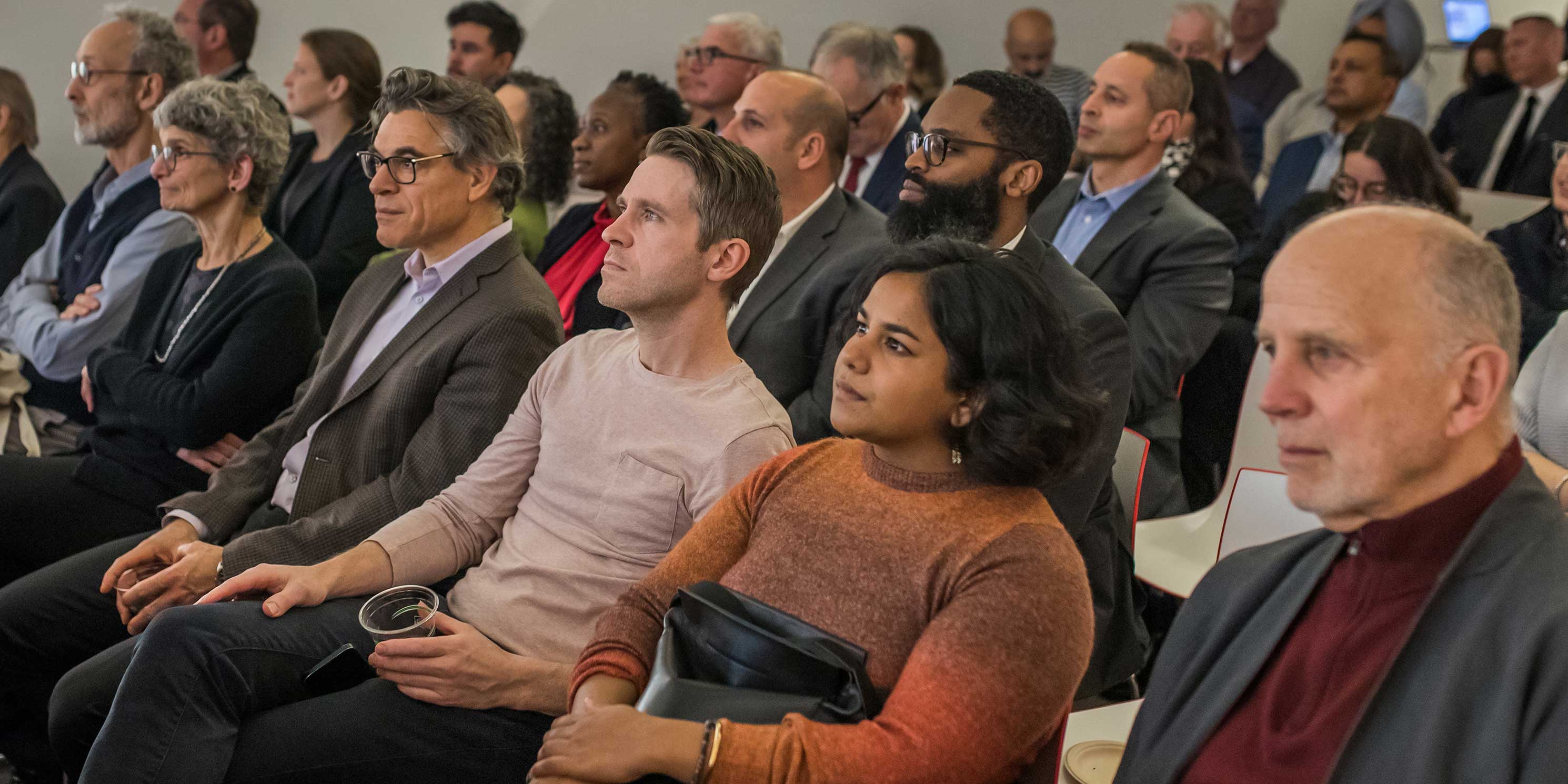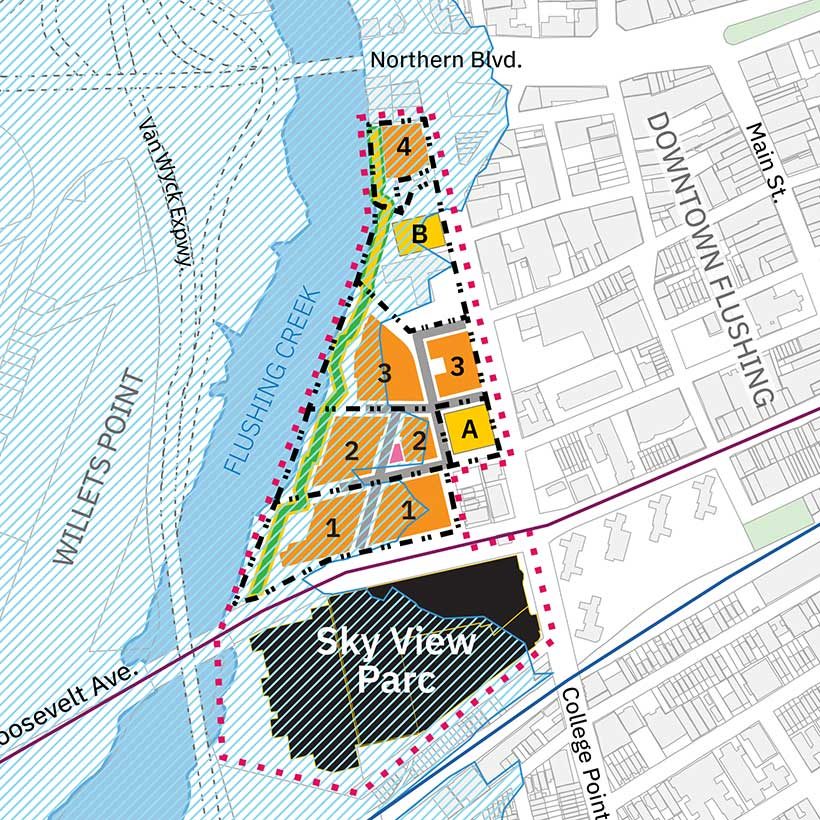Introducing our New Community Planning Mapping Tool
A joint project by MAS and Regional Plan Association
The Municipal Art Society of New York (MAS) and Regional Plan Association (RPA), two of the New York area’s longest standing planning advocacy not-for-profits, have teamed together to create an innovative new comprehensive and community planning mapping tool, Technical Advancement and Support of Comprehensive Planning and CEQR Reform (TASC). TASC will assist elected officials, planning practitioners, and most importantly communities on a wide-range of land use actions that affect future development.
Please join MAS and RPA this Friday, November 13, at 3pm at the Hindsight Conference as we present this new tool. Our presentation is entitled Reforming CEQR for More Equitable Neighborhoods.

TASC is the culmination of recent efforts by MAS and RPA to strengthen New York City’s environmental quality review regulations and push for citywide comprehensive planning. TASC offers a better way to approach future land use decisions such as neighborhood rezonings and large-scale developments.
As a comprehensive mapping tool, TASC incorporates an extensive array of planning and social vulnerability factors based on regulatory, real estate, neighborhood conditions and socioeconomic conditions at the city tax lot level, that can be used by communities to formulate future development scenarios in their neighborhoods. As a community planning tool, TASC provides a forum for engaging in community-based groups for planning educational purposes and a way to gather input to meet the specific needs of New York neighborhoods.
TASC comes at an opportune time. In addition to aligning with the City Council’s burgeoning comprehensive planning efforts, ongoing public land use review (ULURP and CEQR) reform, and a renewed focus on community-based planning, TASC provides a flexible and adaptable vehicle to address development in post COVID-19 New York. Specifically, TASC prioritizes public health factors (e.g., overcrowded dwelling units, limited access to open space) and social justice issues (e.g., residential displacement) as they relate to equitable future development, residential and business displacement, and housing affordability; areas that current CEQR methodologies do not adequately address.



